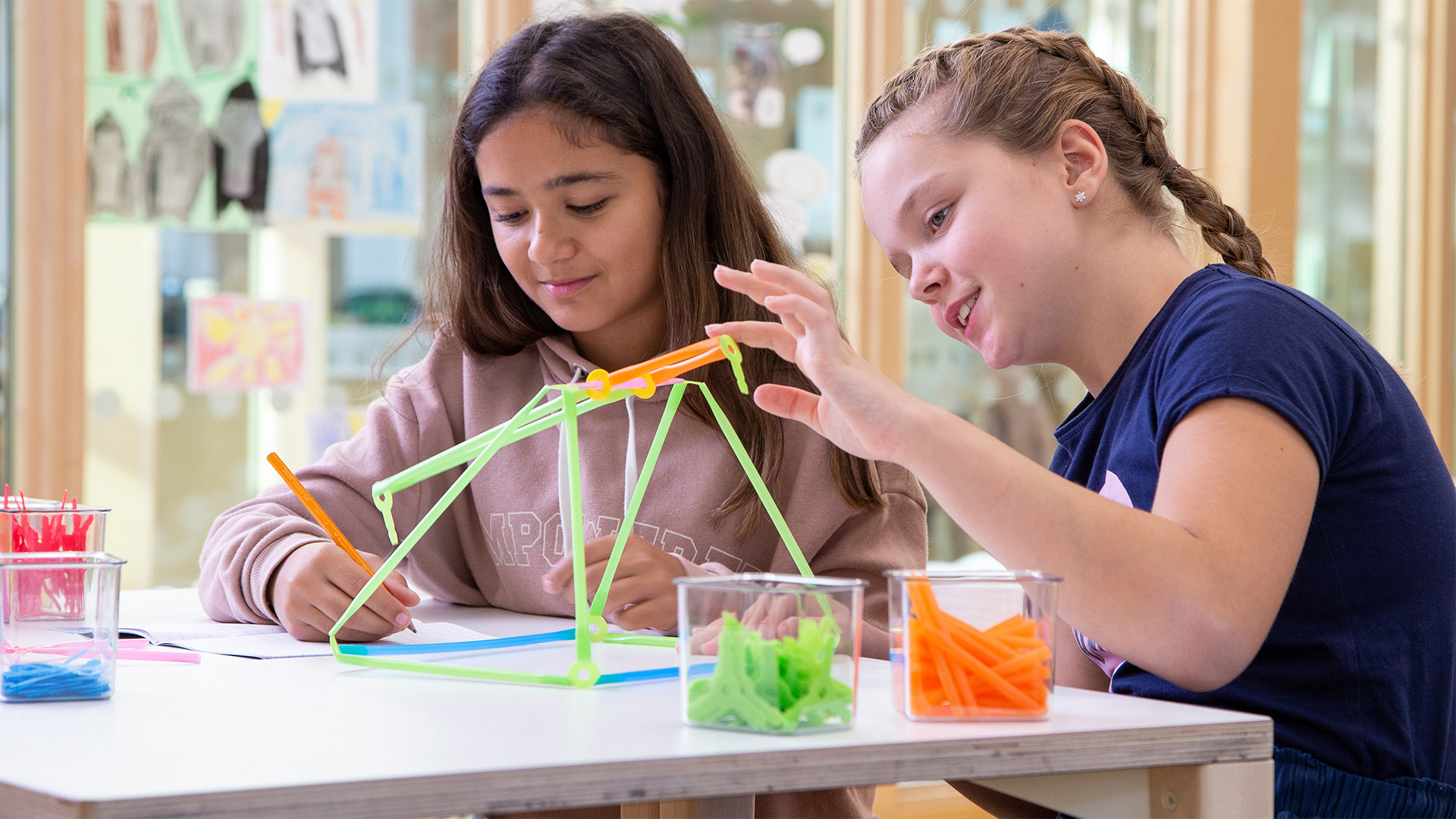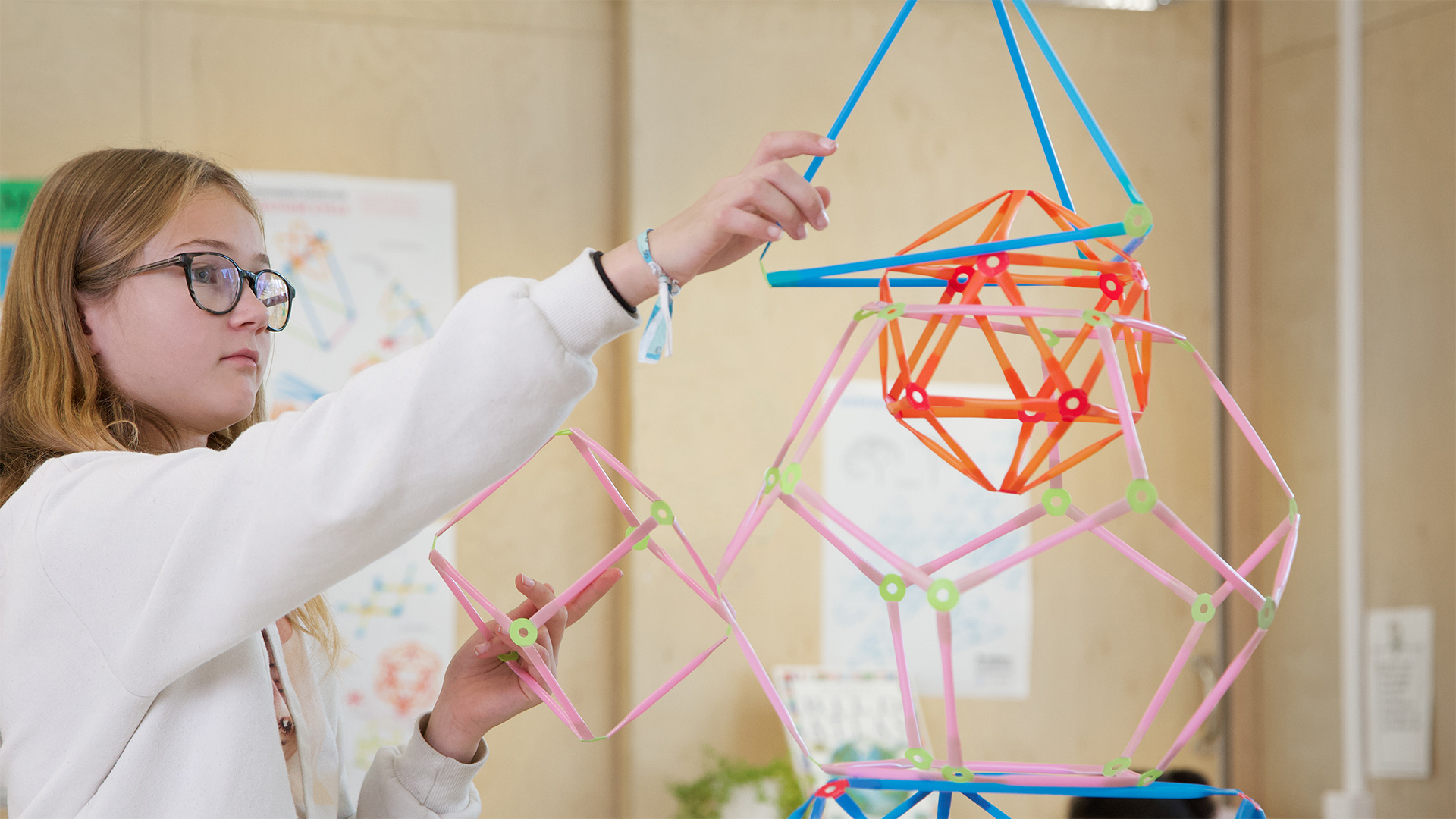Integrate STEAM Effectively in Your Classroom: A Comprehensive Guide
In today’s rapidly evolving educational landscape, STEAM (Science, Technology, Engineering, Art, and Mathematics) education stands as a pillar for preparing students to thrive in a technologically driven world. Integrating STEAM into your curriculum not only promotes critical thinking and problem-solving but also fosters creativity and innovation. Whether you are an educator, administrator, or school district leader, understanding how to incorporate STEAM education effectively can transform the learning experience for your students.
This guide provides a roadmap for educators looking to integrate STEAM into their classrooms effectively. Leveraging hands-on learning, project-based methods, and a culture of innovation will make STEAM a cornerstone of your educational approach.
What is STEAM Education?
STEAM education extends beyond the traditional focus on STEM (Science, Technology, Engineering, and Mathematics) by integrating the arts. This interdisciplinary approach encourages students to apply creative thinking and design principles to technical and scientific inquiry. The combination nurtures an environment where students are motivated to explore, experiment, and innovate.
The Importance of STEAM Integration
Why is integrating STEAM into your school's curriculum so critical? STEAM education helps bridge the gap between practical skills and creative thinking, making students well-rounded and adaptable. It aligns with educational standards and prepares students for future careers in a diversity of fields. Additionally, project-based learning emphasizes real-world applications, making learning both meaningful and engaging.
Strategies for Effective STEAM Integration
1. Start with Professional Development
For successful STEAM integration, professional development is crucial. Educators need to be trained in STEAM methodologies and be comfortable using the necessary tools and techniques. Schools should invest in workshops, online courses, and certification programs focused on best practices in STEAM education.
2. Utilize Hands-On Learning
Hands-on learning is a cornerstone of effective STEAM education. Using tools like Strawbees Kits, students can engage in hands-on activities that reinforce scientific concepts through creative projects. These activities encourage critical thinking, teamwork, and problem-solving skills.
3. Incorporate Project-Based Learning
Project-based learning (PBL) allows students to work on complex projects over an extended period. This method is effective for STEAM subjects because it mirrors real-world challenges and encourages students to think critically and creatively. By implementing PBL, educators can create meaningful and engaging learning experiences that align with STEAM principles.
4. Empower Students through Maker Education
Maker education is essential for fostering creativity and innovation. It gives students the freedom to tinker, explore, and create, thus integrating the 'Art' in STEAM, designed to be versatile and encourage creative problem-solving.
5. Align with Educational Standards
To ensure that your STEAM program is effective, it’s essential to align your curriculum with national education standards such as the Next Generation Science Standards (NGSS) and Common Core State Standards, making it easier for educators to adopt STEAM in their classrooms.
Utilizing Technology in STEAM Education
Technology plays a vital role in STEAM education by providing tools that facilitate learning and engagement.
1. Robotics and Engineering
Robotics can be a fantastic way to engage students in STEAM subjects. Strawbees kits can be used to build and program robots using micro:bit, combining elements of engineering, technology, and creative design. Activities in robotics enhance problem-solving skills and introduce students to programming in an accessible way.
2. Coding and Programming
Integrating coding into the curriculum allows students to develop computational thinking and problem-solving skills. These activities can be synchronized with art and design projects, making coding a part of the larger STEAM framework.
3. Virtual and Augmented Reality
Emerging technologies such as virtual reality (VR) and augmented reality (AR) can transform learning by creating immersive experiences. These tools can be integrated into STEAM education to explore scientific concepts, create art projects, or simulate engineering problems in a real-world context.
Creating a Collaborative STEAM Environment
1. Foster a Growth Mindset
A growth mindset encourages students to embrace challenges and see failures as opportunities for learning. This mindset is crucial in a STEAM environment where experimentation and iteration are key. Educators can model a growth mindset by encouraging students to take risks and learn from their experiences.
2. Encourage Collaboration
Collaboration is a fundamental aspect of STEAM education. Group projects and teamwork help students develop communication and interpersonal skills. Use kits and resources that are designed to support group activities that require students to work together to solve problems.
3. Cultivate a Culture of Innovation
Creating a culture of innovation means encouraging students to think outside the box and explore new ideas. Educators can cultivate this culture by providing opportunities for students to engage in creative problem-solving and design-thinking activities.
Integrating STEAM education into your school's curriculum is not just beneficial—it’s essential. By following the strategies outlined above and utilizing resources like Strawbees classroom kits, educators can create an engaging, inclusive, and innovative learning environment. This approach not only aligns with educational standards but also prepares students for the future by fostering critical thinking, problem-solving, and creativity.
If you would like this step by step guide available to you as a PDF, complete the form below.
Download the Guide
You May Also Like
These Related Stories

Maximizing Learning with Strawbees Classroom: 7 Essential STEAM Tips for US Educators

Building Confidence in the Classroom: Empowering Learners in STEAM Education


